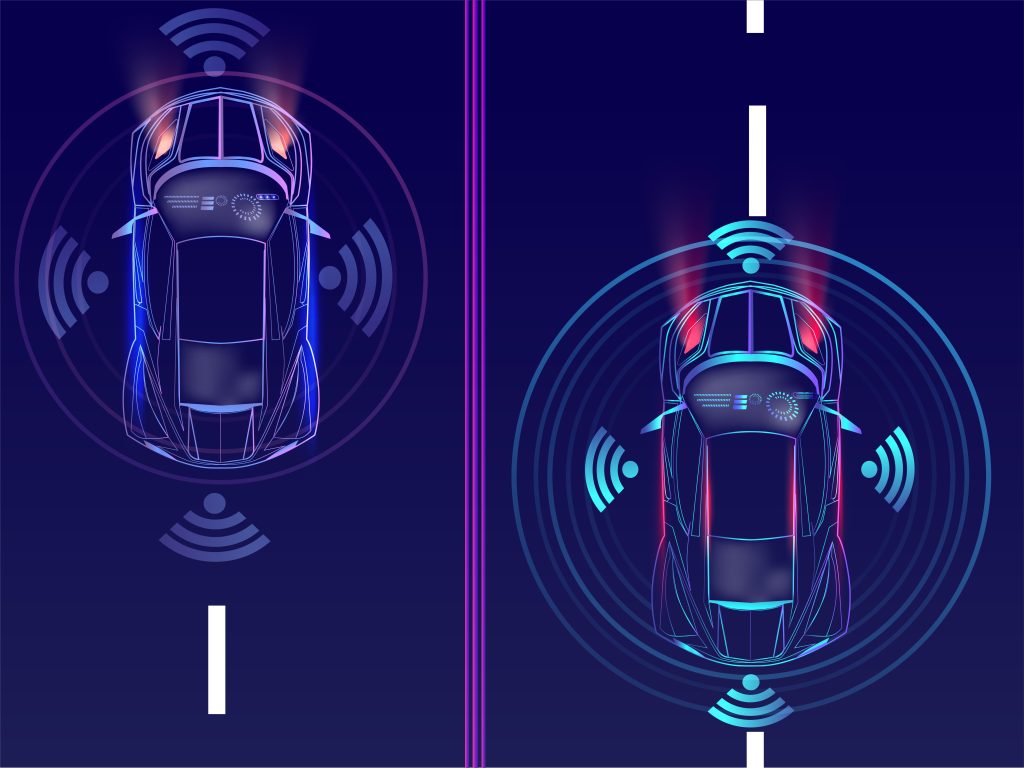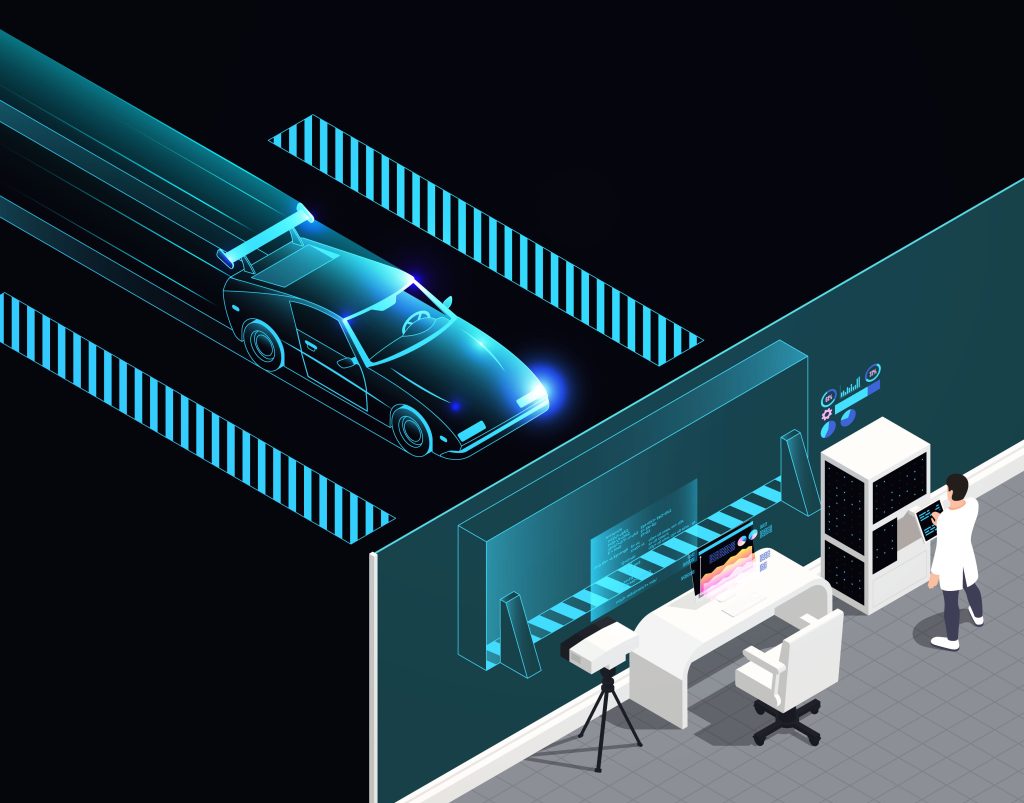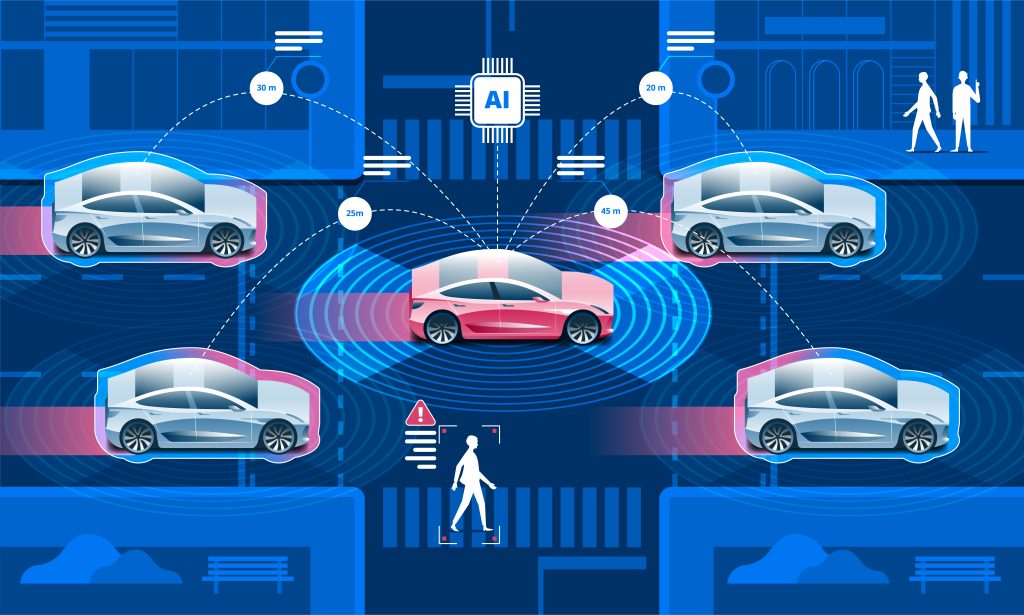As technology continues to advance, autonomous vehicles are revolutionizing the transportation industry, offering the promise of improved road safety and enhanced mobility. However, the widespread adoption of autonomous solutions also raises concerns about safety and security. In this blog post, we will delve into the various safety measures and protocols implemented ensuring security in autonomous solutions to ensure passenger safety and protect against potential cyber threats.
1. Redundancy and Fail-Safe Mechanisms
Autonomous vehicles are equipped with an array of sensors, cameras, and advanced AI systems that work together to navigate and make driving decisions. To ensure safety, these vehicles incorporate redundancy measures, meaning that critical systems have backups in case of failure. If one sensor malfunctions, other sensors can compensate to maintain proper functionality. Additionally, autonomous vehicles utilize fail-safe mechanisms, which enable them to recognize faults or anomalies and prompt safe operation or even bring the vehicle to a controlled stop when necessary.
2. Real-Time Data Processing and Machine Learning
Security in autonomous solutions largely depends on the ability to process vast amounts of data in real-time. Advanced machine learning algorithms are continuously fed data from sensors, enabling the vehicle to improve decision-making over time. This process allows autonomous vehicles to adapt to various scenarios and road conditions, reducing the risk of accidents and ensuring safer navigation.
Explore more: The Role of Artificial Intelligence in Autonomous Solutions: Revolutionizing Industries
3. Connectivity and V2X Communication
Vehicle-to-everything (V2X) communication is a crucial component of autonomous vehicle safety. V2X enables vehicles to communicate with each other and with infrastructure elements like traffic lights and road signs. This communication system provides real-time information about potential hazards, traffic congestion, and road conditions, enhancing overall safety and efficiency on the roads.

Explore more: Enhancing Autonomous Vehicle Safety: The Power of Communication Systems in V2X Connectivity
4. Cybersecurity Protocols
As autonomous vehicles become more reliant on interconnected systems, the risk of cyberattacks also increases. Automakers and technology companies place significant emphasis on cybersecurity protocols to safeguard against potential threats. These protocols include encryption of data, secure over-the-air updates, and regular vulnerability assessments. By adopting these measures, manufacturers can protect against unauthorized access to vehicle systems and potential hacking attempts.
5. Extensive Testing and Simulation
Before autonomous vehicles hit the roads, they undergo rigorous testing and simulations to evaluate their safety and performance. Manufacturers conduct extensive trials in controlled environments to simulate a wide range of scenarios, including challenging weather conditions, pedestrian interactions, and complex traffic situations. These tests allow engineers to fine-tune the AI algorithms and validate the safety of autonomous solutions before they are deployed in real-world settings.

6. Collaboration with Regulatory Authorities
Ensuring security in autonomous solutions involves close collaboration between technology companies and regulatory authorities. Manufacturers actively engage with government bodies and regulatory agencies to develop safety standards and guidelines specific to autonomous vehicles. This collaboration ensures that autonomous vehicles meet strict safety requirements, providing consumers with confidence in the technology’s capabilities.
As autonomous solutions continue to evolve, prioritizing safety remains at the forefront of technological advancements. Through redundant systems, real-time data processing, V2X communication, cybersecurity protocols, extensive testing, and collaboration with regulatory authorities, autonomous vehicles are becoming safer and more secure with each iteration. By continuously investing in research, development, and safety measures, the transportation industry is moving steadily toward a future where autonomous solutions can be embraced with confidence, ensuring a safer and more efficient transportation ecosystem for everyone.

